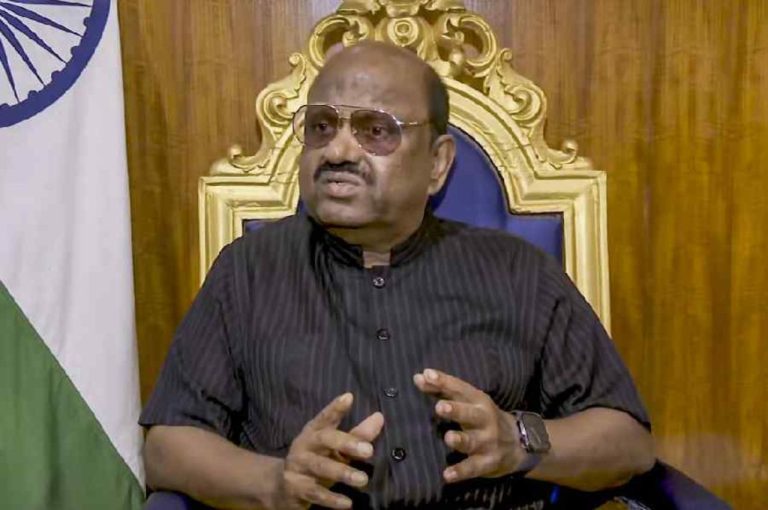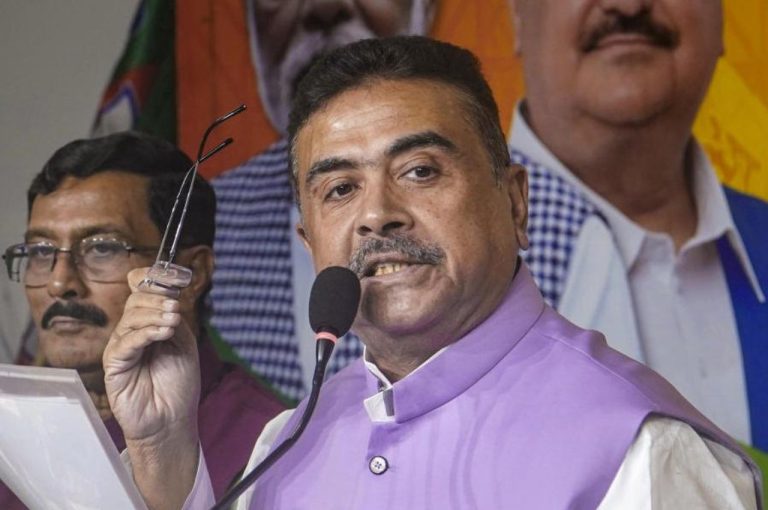The city of Visakhapatnam witnessed an inspiring celebration of fitness, unity and sporting excellence as the 10th edition of the Vizag Navy Marathon concluded successfully on 14 December 2025. Drawing over 17,000 participants, including athletes from 17 foreign countries, the marathon set a new benchmark in scale, organisation and international appeal. With prize money exceeding ₹10 lakh, the event reaffirmed its stature as one of the most prominent and eagerly anticipated marathon events in the region.
Grand Flag-Off and Distinguished Presence
The Full Marathon (42 km) was flagged off by Vice Admiral Sanjay Bhalla, Flag Officer Commanding-in-Chief, Eastern Naval Command, who also presided over the prize distribution ceremony. The Half Marathon and Sankalp Run were flagged off by Mrs Priya Bhalla, President, Navy Wives Welfare Association (Eastern Region), symbolising purpose-driven participation and community spirit.
The 10 km and 5 km runs were flagged off by the District Collector and the Commissioner of Police, respectively, highlighting strong civil-military collaboration. The event was further graced by the presence of Flag Officers, senior veterans, the GVMC Commissioner, and senior officials from key partner organisations including State Bank of India (SBI) and Indian Oil Corporation Limited (IOCL), adding to the prestige of the occasion.
Seamless Planning and Community Support
Meticulous planning and flawless execution ensured a safe and enriching experience for runners across all categories. The marathon benefited immensely from the unwavering support of the District Administration, City Police, volunteer organisations and the local community, whose coordinated efforts ensured smooth crowd management, route safety and medical readiness.
Their collective contribution played a pivotal role in making the event inclusive, secure and memorable for participants from diverse backgrounds.
Enhanced Features and Participant-Centric Initiatives
The 2025 edition introduced several new and enhanced features, aimed at improving the overall runner experience. These included attractive discounts, an improved package of deliverables, and a comprehensive insurance cover for all participants, reinforcing the organisers’ commitment to safety and well-being.
Such participant-centric initiatives significantly enhanced satisfaction levels and contributed to the growing popularity of the marathon.
Rising International Appeal
Reflecting its expanding global footprint, the Vizag Navy Marathon 2025 saw participation from athletes representing 17 countries, underlining its increasing international recognition. The presence of foreign runners not only elevated the competitive standard but also strengthened Visakhapatnam’s image as a global sporting destination.
The growing international interest firmly positions the Vizag Navy Marathon among the leading marathon events in India’s eastern corridor.
Conclusion
The Vizag Navy Marathon 2025 emerged as a powerful testament to dedication, teamwork and a shared passion for fitness and community engagement. Congratulating the winners, participants and organisers, Vice Admiral Sanjay Bhalla expressed heartfelt appreciation to the District Administration, City Police and volunteer organisations for their unwavering support in making the event a resounding success.
With its strong foundation, expanding scale and rising international participation, the Vizag Navy Marathon is poised for even greater growth in the years ahead, continuing to inspire miles of determination and smiles of achievement.
For more real-time updates, visit Channel 6 Network.
Source: PIB










